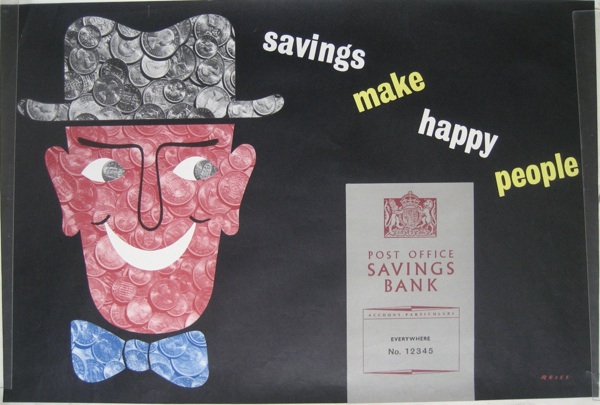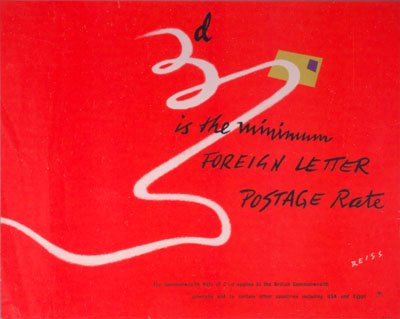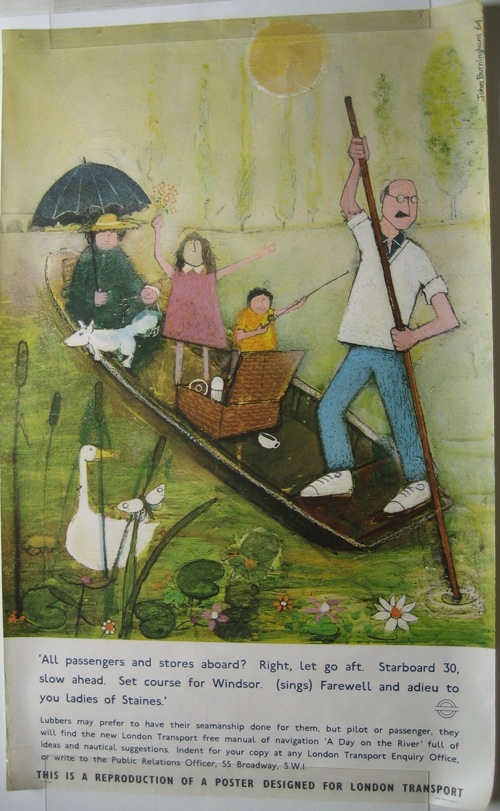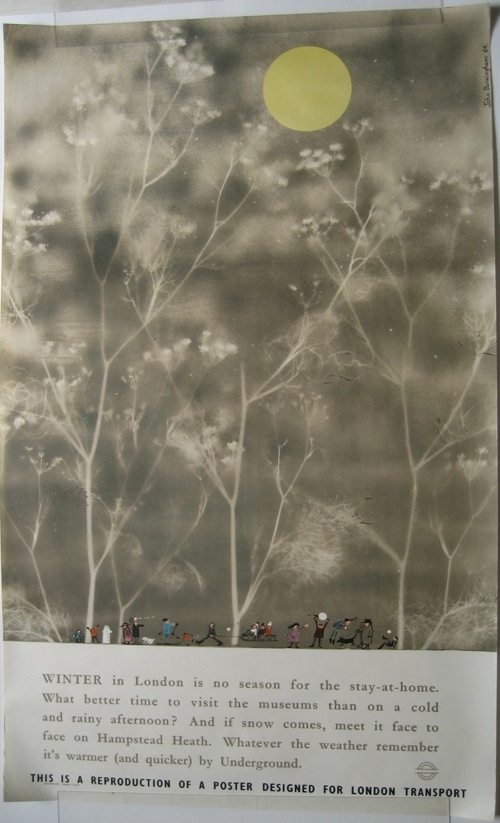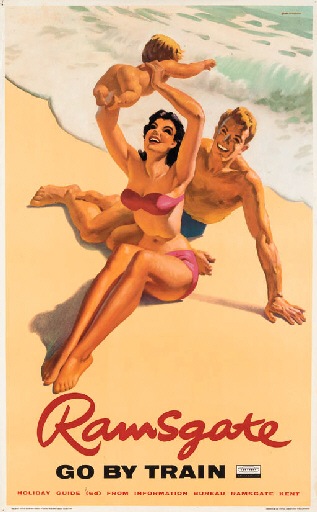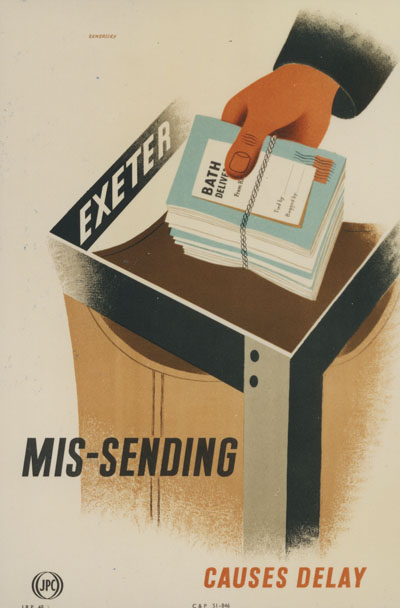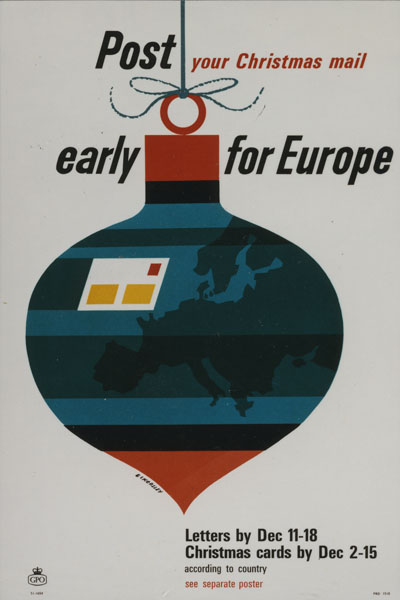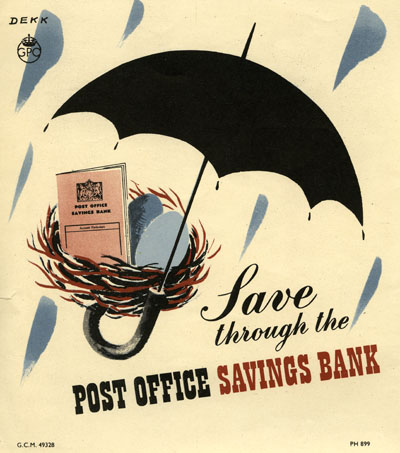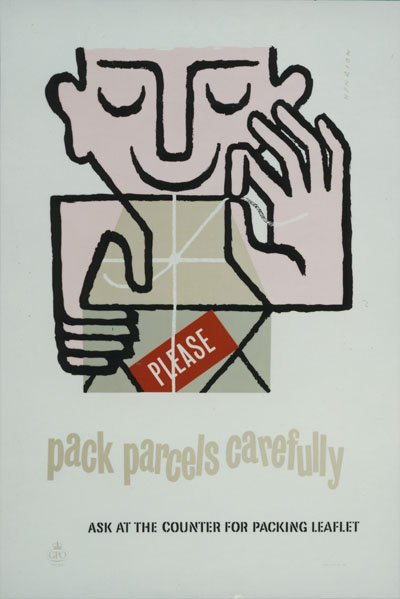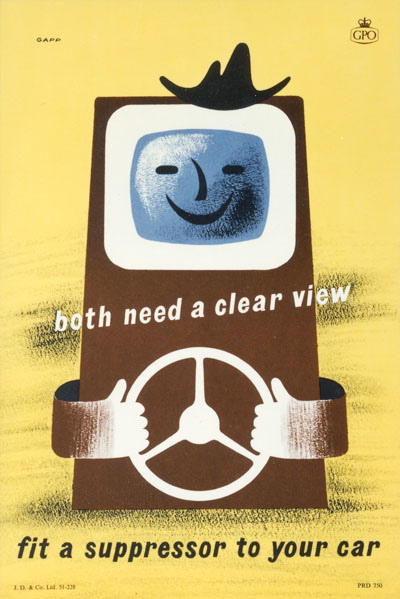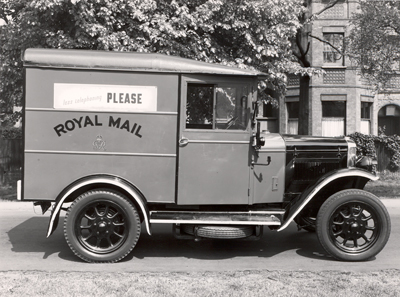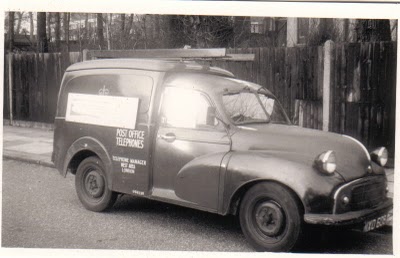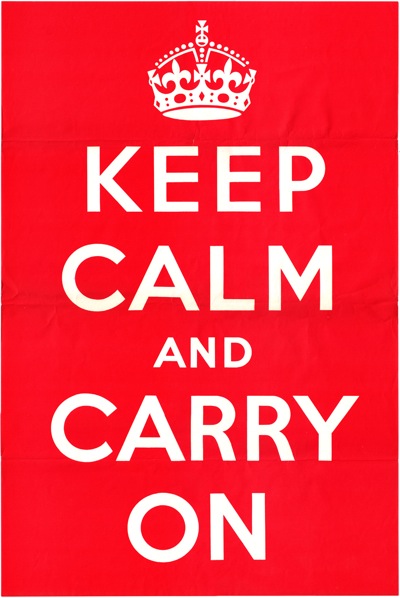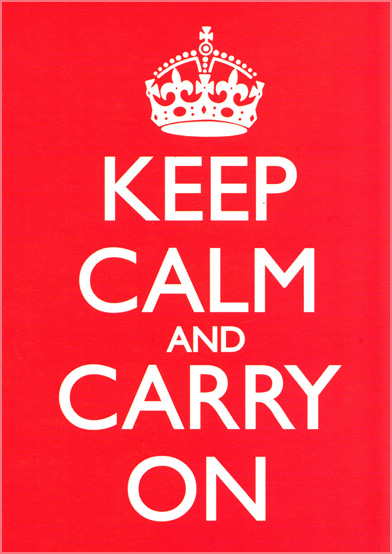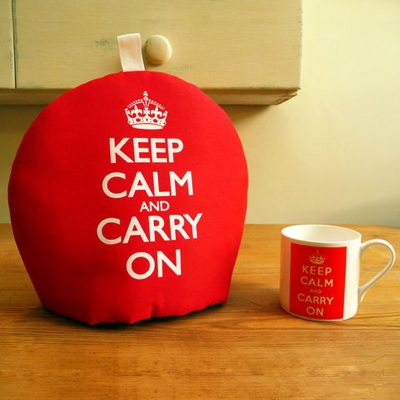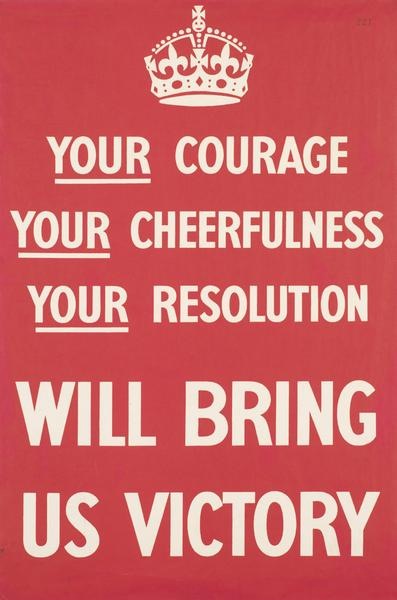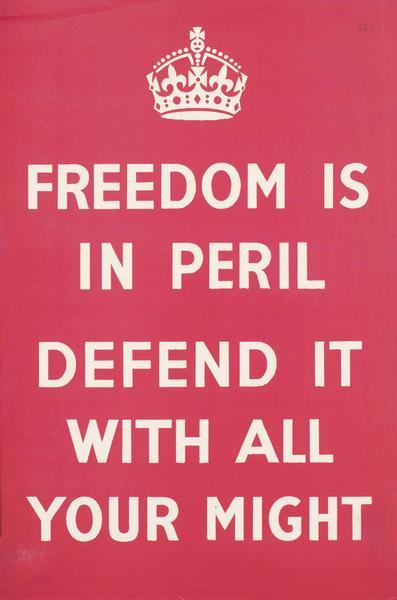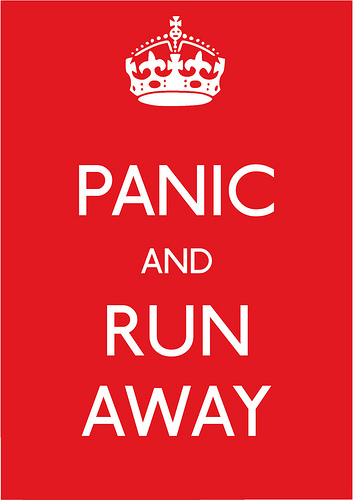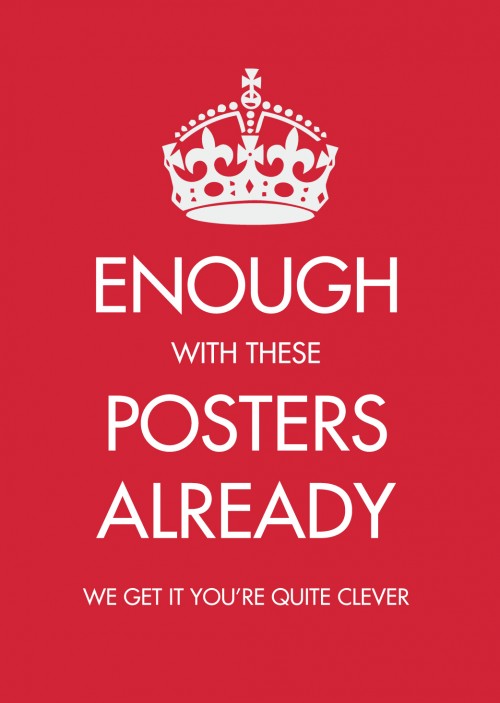It’s time for a round-up of what’s for sale at the moment. I’ve been swerving this for a few days, mainly because there are bits on offer all over the place in a rather scattergun fashion. But bear with me and we will take a tour, starting with the Swann Galleries.
Unfortunately their new catalogue doesn’t have the stellar offerings of their last Modernist posters sale, and the British posters are spotted all the way through. In a way, this is a good thing, as it shows that they’re being taken seriously rather than tucked in a corner like some elderly aunt to be patronised. But it does make flicking through the catalogue much harder work than it might have been.
It also makes for some interesting juxtapositions. This English bathing beauty from 1955 is valued at a rather startling $700-1,000 (by someone who has clearly never experienced the reality of Ramsgate).

But just a few pages before is her American counterpart from 1960. Which does rather make me think that the Americans did some parts of ‘midcentury’ better than we did.
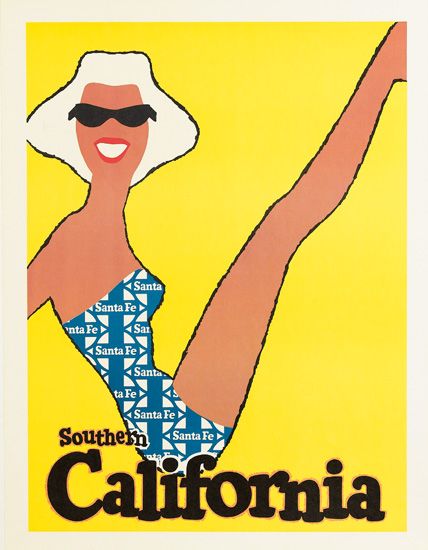
She’s also a bit less high-maintenance at $500-750.
For the same price as the Ramsgate bathing beauty you could instead have this rather fine Shell poster by Colin Statham, about whom I can find out nothing at all (except that someone of that name is very active in amateur dramatics in Berkshire).

I did learn that this design is apparently the only poster in this series with a background colour that isn’t neutral, so there you go.
But for me one of the most interesting posters on offer in the sale is also one of the least visually interesting.
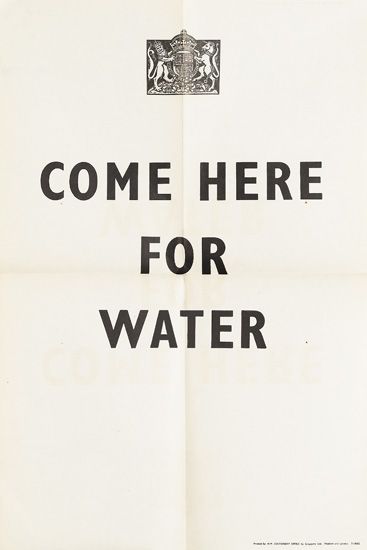
My mind is on the subject of World War Two posters quite a bit at the moment, so you may not be as excited as I am. But it is worth thinking about, for two reasons. One is that it’s a reminder of the fact that design often wasn’t the main driver when these posters were produced. This comes as part of a lot of nine posters, which also include: Only Use Boiled Water; How to get Help After Air-Raid Damage; This Shelter is Not Gas Proof; You Can Get Water At; If You Have Lost Your Home; For Help and Information Go To; This is a Rest Centre. All of these must have been designed for immediate use in the aftermath of a raid, so their concern is being visible and legible, not being pretty. Each and every wartime poster had a purpose, and ‘good design’ was only used when it might help that purpose, it wasn’t their main reason for being.
It’s also a reminder of just how many posters were produced during the war, and that not only were the numbers vast, they are also pretty uncountable today. The Imperial War Museum Archive on VADS doesn’t seem to have a record of any of these nine, and I’ve never seen them reproduced anywhere else before. Which means that there are probably plenty of others which have disappeared entirely, and so a full record of every poster of the war will never be possible. So keep your eyes peeled, and you could perhaps hit the marketing jackpot with the next ‘Keep Calm and Carry On’. Although perhaps not with these posters.
Back on this side of the Atlantic, there are also a couple of railwayana auctions, at Talisman and Gteat Central Railwayana. While both have a reasonable selection of perfectly fine railway posters (although, as ever neither estimates nor dates), nothing is leaping out screaming ‘buy me!’. Although Great Central Railwayana do have this Studio Seven gem, which would probably do quite well in the Swann Auctions.

And this, which I am just amused by.
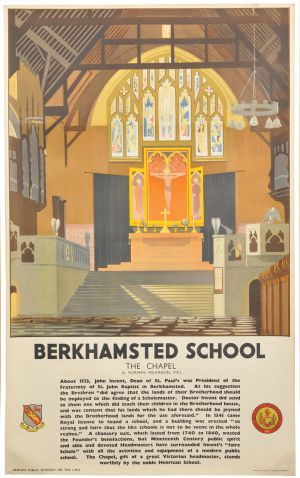
The catalogue tells me that it is ‘from the series Famous Public Schools on the LMS’ so there are more to collect should you feel the urge.
I can only ever bring myself to admire this Pat Keely London Transport poster from afar, rather than actually wanting to own it and have it on the wall.
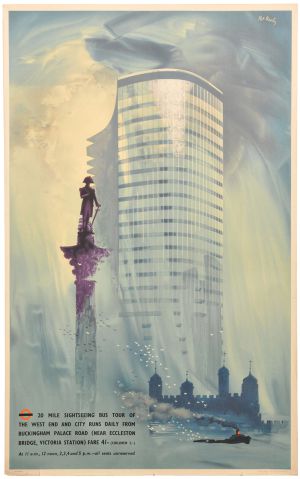
At Talisman, as well as no estimates or dates, there aren’t even proper pictures, so you will just have to look to the bottom right here to see what I am going on about.
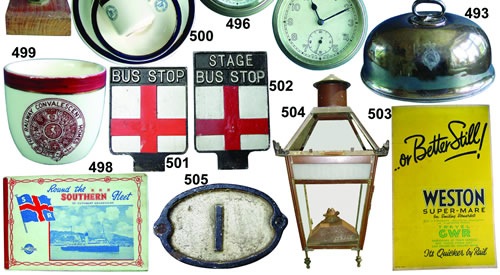
I rather like that, partly for the typography, but mainly because I cannot imagine the circumstances under which Weston Super Mare would be better still. Than borstal, perhaps, but that’s about it. It’s got a muddy estuary instead of sea, a tide that goes out half way to Wales and a prevailing wind that gets sand into each and every sandwich. I used to wonder why there were so many railway posters advertising it, until I realised that no one would go there otherwise.
And finally eBay, which has been a bit quiet recently, which might be down to the summer holiday lull beginning to kick in. Although MrSpencer007 would like you to pay the best part of ninety quid for this.

I, for one, am not biting.
A similar aura of optimism applies to the pricing of this Lowestoft poster too.

Cheerful, yes, but not £450 worth of cheerful I don’t think.
But there are more reasonable prices to be found, most notably with a seller called 2mkantiques, who has clearly found a whole treasure trove of posters somewhere, 93 to be precise. It’s a real mixed bag, with everything from Dutch bus posters to 1970s Sealink advertising, but there are some good ones in there, and mostly at reasonable prices.
I like both of these 1950s travel posters, for example, and they’re at £150 and £100 respectively.
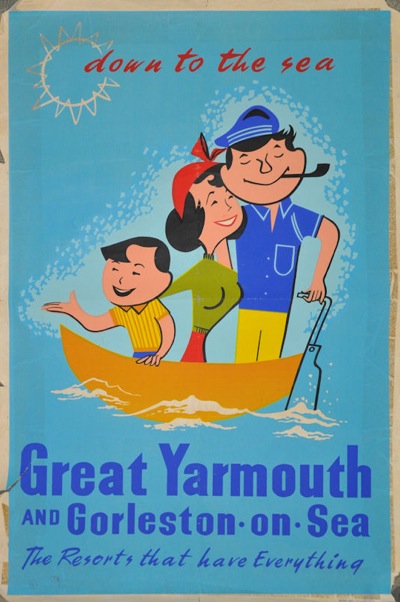
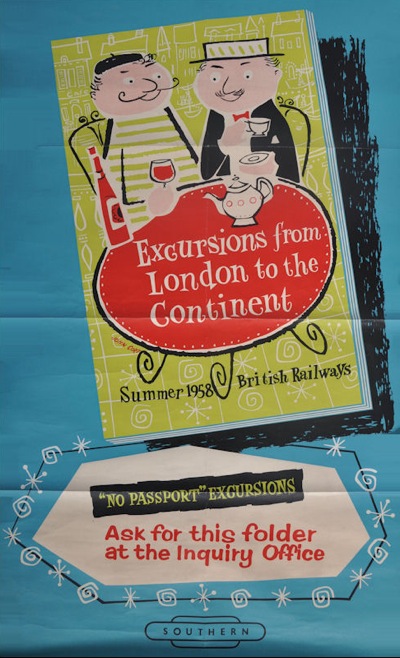
Plus the seller will take offers, so you may even get them for less than that. There are also some National Savings posters, at slightly higher prices – this Norman Wilkinson is on offer for £250, for example.
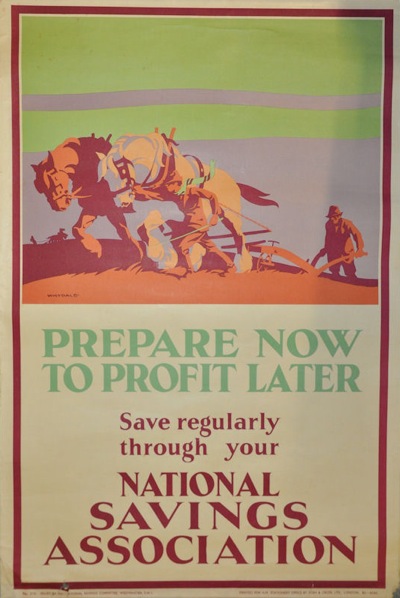
But the real star exhibit, for me at least, is this, yours for £199 or thereabouts.
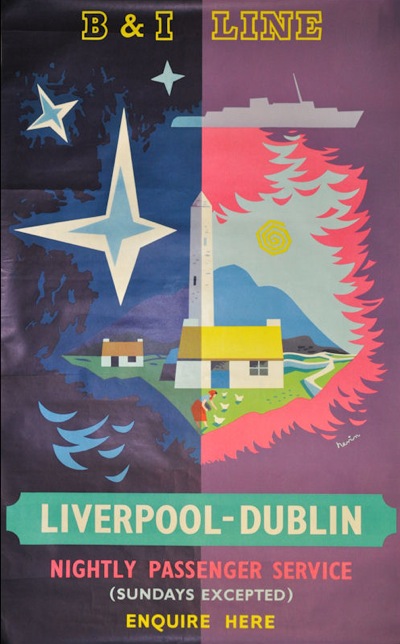
Now, what does that signature say? I could almost swear it reads Henrion. Anyone else got a thought on that? It has a pair, too, which is on for £225 even though it’s not quite as nice.
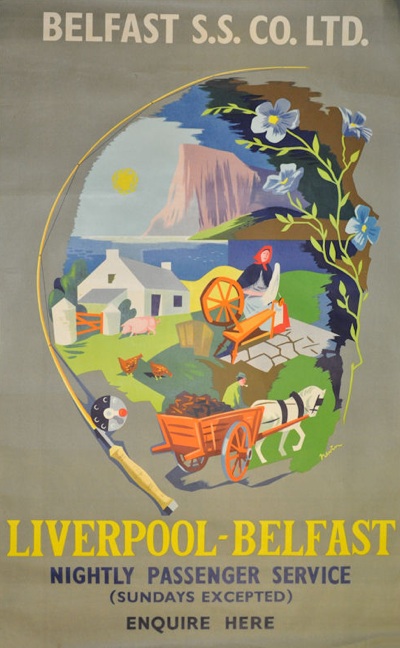
There have been a couple of other finds on the Bay too, but they haven’t made this post because we’ve bought them. Sorry about that. More on a few of those later in the week.
